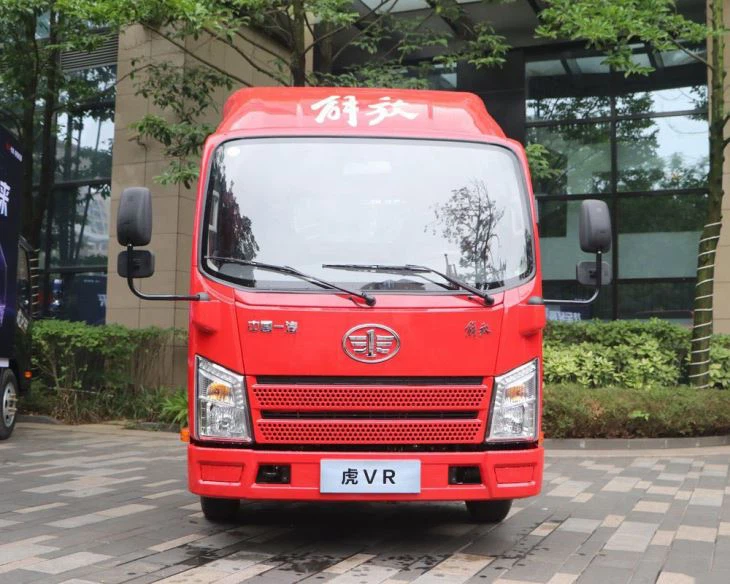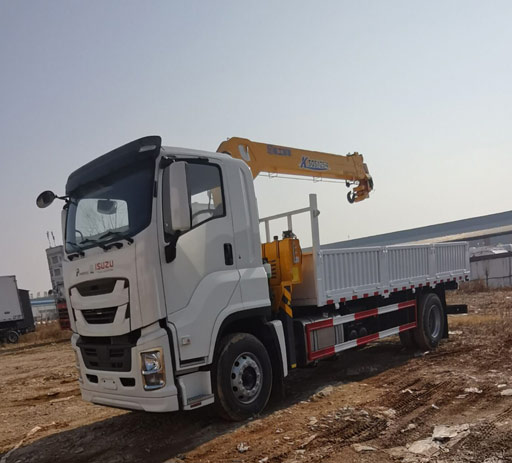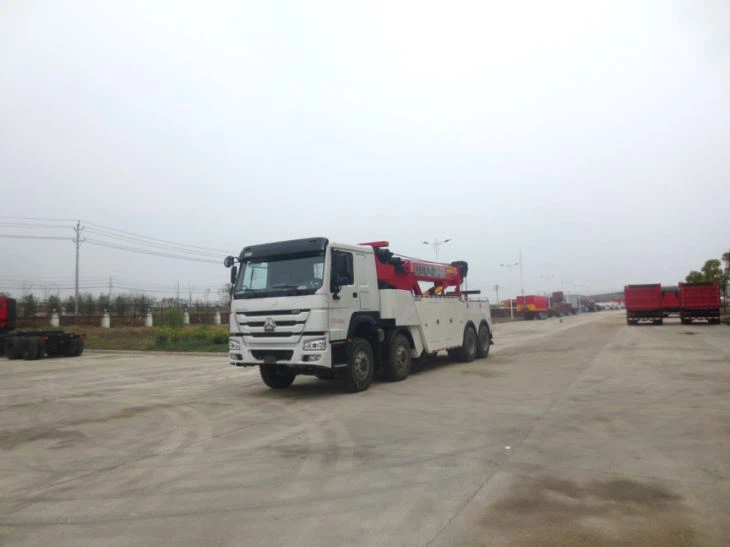Understanding Rear Load Dumpsters: The Ultimate Guide

Introduction
In the waste management industry, the choice of the right dumpster can significantly impact efficiency and ease. Rear load dumpsters, often utilized for commercial purposes, have become increasingly popular for their unique design and functionality. This article will provide a comprehensive overview of rear load dumpsters, including their features, advantages, suitable applications, comparison with other dumpster types, and practical tips for selection and use. Whether you are a contractor, a business owner, or a homeowner planning a renovation, understanding rear load dumpsters will help you make informed decisions regarding waste disposal.
What is a Rear Load Dumpster?
A rear load dumpster is a type of waste container designed primarily for commercial use, characterized by its rear-opening doors that facilitate easy loading. These dumpsters are typically rectangular, allowing for efficient transport and stacking. Rear load dumpsters are perfect for locations with restricted space, making them an excellent option for various businesses and construction sites.
Features of Rear Load Dumpsters
- Capacity: Available in various sizes, typically ranging from 2 to 8 yards.
- Material: Constructed from heavy-duty steel to withstand harsh conditions.
- Design: Equipped with doors at the back for easy access and loading.
- Lift Mechanism: Designed to be lifted from the rear of the truck for efficient collection.
- Locking Mechanism: Many models come with locking options to secure contents.
Advantages of Using Rear Load Dumpsters

Rear load dumpsters offer several advantages that make them a popular choice among businesses and contractors. Here are some of the key benefits:
1. Space Efficiency
Due to their design, rear load dumpsters are ideal for locations with limited space. The compact structure allows for placement in alleys, parking lots, and near buildings without requiring extensive maneuvering space.
2. Easy Loading and Access
The rear doors facilitate easy access, allowing users to load waste quickly and efficiently. This design reduces the risk of injury and makes disposal more convenient, especially for larger or bulkier items.
3. Versatile Use
These dumpsters are suitable for various applications, including restaurants, office buildings, retail stores, and construction sites. Their versatility makes them a reliable choice for many waste management needs.
4. Safety Features

With options for locking mechanisms and sturdy construction, rear load dumpsters enhance safety. This prevents unauthorized access and secures waste materials, reducing the risk of accidents or littering.
When to Use Rear Load Dumpsters
Knowing when to choose a rear load dumpster can maximize your operational efficiency. Here are some scenarios where rear load dumpsters excel:
1. Commercial Waste Collection
Ideal for businesses generating continuous waste, rear load dumpsters provide a reliable solution for routine waste disposal without overwhelming the available space.
2. Construction and Renovation Projects
For contractors working on renovations or construction projects, rear load dumpsters offer the capacity necessary to handle large amounts of debris while being manageable within confined areas.
3. Restaurants and Food Services
Restaurants often produce significant amounts of waste. The quick loading and compact design of rear load dumpsters make them an excellent option for managing daily refuse.
How to Select the Right Size Rear Load Dumpster
Selecting the correct size dumpster is crucial for effective waste management. Here’s how to choose the right size:
1. Assess Waste Volume
Estimate the amount of waste you generate on a weekly or monthly basis. Understanding your needs will guide you in selecting a dumpster that can accommodate your volume.
2. Consider the Type of Waste
Different waste types have different density and volume. Make sure to factor in the kind of debris you will be disposing of—heavy materials need a more robust dumpster.
3. Evaluate Available Space
Measure the space available for dumpster placement. Consider the dimensions of the area to ensure the dumpster can fit and be accessed easily for loading and collection.
Practical Tips for Loading a Rear Load Dumpster
Efficient loading practices can optimize your use of a rear load dumpster. Here are some helpful tips:
1. Disassemble Large Items
If disposing of furniture or other large items, disassemble them into smaller parts to make loading easier and maximize dumpster space.
2. Load Heavier Items First
Place heavier items at the bottom of the dumpster to create a stable base. This also ensures that lighter materials will not be crushed.
3. Fill from the Back to the Front
To efficiently use the space, start loading from the back of the dumpster and work your way forward, allowing for even distribution of weight.
4. Avoid Overloading
Keep an eye on the weight limit specified by your dumpster rental provider. Overloading can lead to safety hazards and additional fees.
Comparing Rear Load Dumpsters to Other Dumpster Types
Understanding the differences between various dumpster types can help you make the best choice for your needs. Below is a comparison between rear load dumpsters and other common dumpster types.
| Feature | Rear Load Dumpsters | Front Load Dumpsters | Roll-Off Dumpsters |
|---|---|---|---|
| Access Type | Rear access doors | Front access | Open top |
| Best Use | Commercial waste collection | Regular contracts | Construction waste |
| Size Range | 2-8 yards | 2-8 yards | 10-40 yards |
| Loading Method | From the back | From the front | From the top |
| Recommended Locations | Limited space areas | Commercial or industrial | Construction sites |
Cost Considerations for Rear Load Dumpsters
When planning for a rear load dumpster, understanding the cost is essential. Factors affecting cost include:
1. Size of the Dumpster
Larger dumpsters typically incur higher rental fees. Consider what size is necessary to avoid paying for unused space.
2. Rental Duration
The length of time you require the dumpster significantly impacts the overall cost. Short-term rentals may have higher daily rates.

3. Type of Waste
Special types of waste (hazardous materials, for example) may incur additional disposal fees.
4. Location
Delivery charges may vary based on the distance from the waste management facility to your project site.
Understanding Local Regulations and Permits
Before placing a rear load dumpster on public property, it’s crucial to know and comply with local regulations. Here are steps to consider:
1. Check Zoning Laws
Some areas have specific zoning laws dictating where dumpsters can be located, including distance from roads and other structures.
2. Obtain Necessary Permits
In most municipalities, you may need a permit to place a dumpster on the street or public property. Ensure all legalities are adhered to avoid fines.
3. Contact Local Waste Management Authorities
Get in touch with your local waste management authority for information on rules and regulations related to dumpster rentals.
Frequently Asked Questions (FAQs)
1. How often should I have my rear load dumpster emptied?
The frequency of emptying will depend on the volume of waste your business generates. Common practices range from weekly to bi-weekly collections.
2. Can I place a rear load dumpster on the street?
Yes, but you will likely need to obtain a permit from your local authorities before doing so. Always check local regulations.
3. What types of waste can I dispose of in a rear load dumpster?
General waste, including commercial refuse, construction debris, yard waste, and more, may typically be disposed of in rear load dumpsters. Consult your rental provider for restrictions on hazardous materials.
4. How do I secure my dumpster contents?
Many rear load dumpsters come with locking mechanisms. Utilize these features when not in use to prevent unauthorized access.
5. What are the penalties for overloading my rear load dumpster?
Overloading may lead to extra fees, as well as unsafe transportation conditions. It’s crucial to follow the weight limits established by your rental company.
6. Can I rent a rear load dumpster for a one-time project?
Yes, although rear load dumpsters are typically used for ongoing disposal needs, many companies offer short-term rentals for single projects or events.
